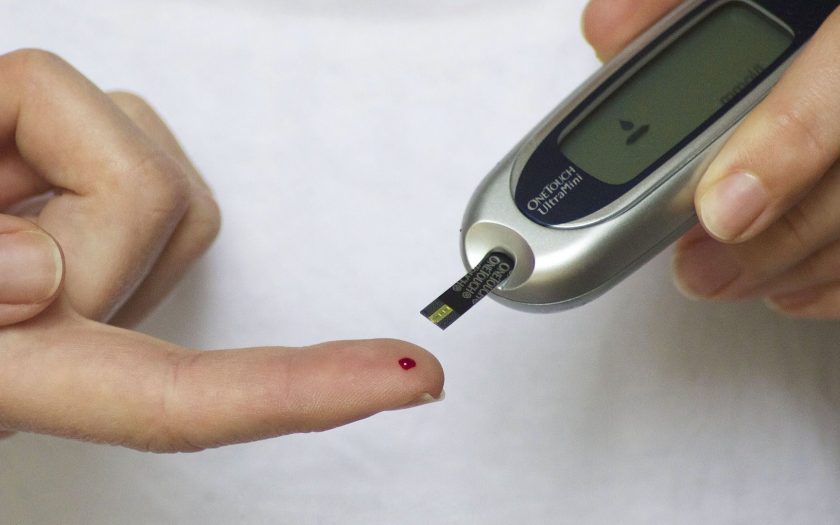Alternate finger puncture sites when using the glucometer.
Use each finger in turn when measuring blood sugar. Make punctures of the fingertips on all sides – left, right, middle.
Weekly clean your fingertips of dead epidermis.
This can be done with a nail file with a hardness of 80/100. The main thing is not to overdo it, so as not to damage the skin of the fingertips. Do not treat the same area too hard or for too long.
Do only a professional manicure.
This will help protect against cuts and wounds. Make sure that all instruments are sterile and kept in a special disinfection cabinet. If you do the manicure yourself, cut the cuticle very carefully so as not to injure the thin skin around the nail.
Apply nourishing cream on your hands daily.
Rub the cream or ointment into your fingertips for better skin regeneration. Do this at least twice a day so that the skin is always moisturized and not flaky.
Use shower gels with a neutral ph.
These can be baby gels, medical cosmetics or other products that do not contain dyes and flavors.
Choose a soft washcloth that gently cleanses the skin.
Natural or polyfoam sponges will suit you.
Apply the cream on the body each time after taking a shower.
In the cold season, the skin needs additional nourishment. Use nourishing creams, liquid or solid oils. These products, like shower gels, should ideally have no fragrances or dyes.
Protect your skin from wind and cold.
This will preserve the health of not only the skin but also the whole body. If the skin begins to peel and redden, you should very carefully rub these areas with a washcloth. You can also use a scrub. Rinse off all products and apply a cream with a healing and moisturizing effect. It is necessary to apply the cream several times a day until the peeling stops.
Exercises for the legs.
Perform simple leg exercises daily. Move your toes, rotate your feet in one direction or another, raise and lower your toes. Try lifting a pencil or pen with your toes, or crumpling a sheet of paper with your toes. This simple exercise lasts no more than 10 minutes a day and helps to strengthen the joints of the feet.
Use special foot files.
The skin of the feet of people with diabetes is often dry and prone to calluses and cracks. To prevent their appearance, it is necessary to treat the feet with special files. It is very important not to injure your legs.
Examine the skin of the feet daily.
When the smallest pimples, cracks, wounds appear, treat them immediately, otherwise they will become larger and more dangerous. Healing ointments and procedures necessary for all wounds, even tiny ones.
Monitor the health of your feet.
Fungal infections often affect the feet of people with diabetes. It is very difficult to cure this unpleasant disease, so it is better to do prevention. In public baths, swimming pools, gyms, walk only in your own rubber slippers. Do not remove them even in the shower. Use only a personal towel. Observe personal hygiene.
Take medication regularly.
Never skip medications that are needed to normalize blood sugar levels (eg, Forxiga or Glizide). Regular medication is a necessity for patients with diabetes.

